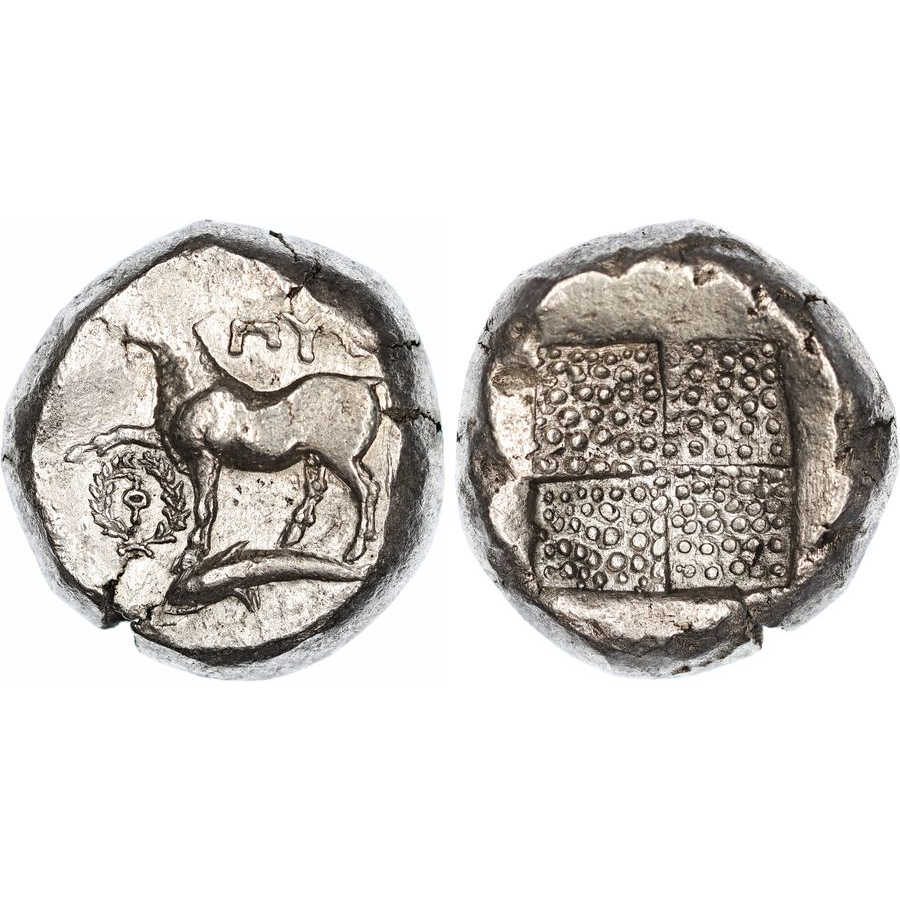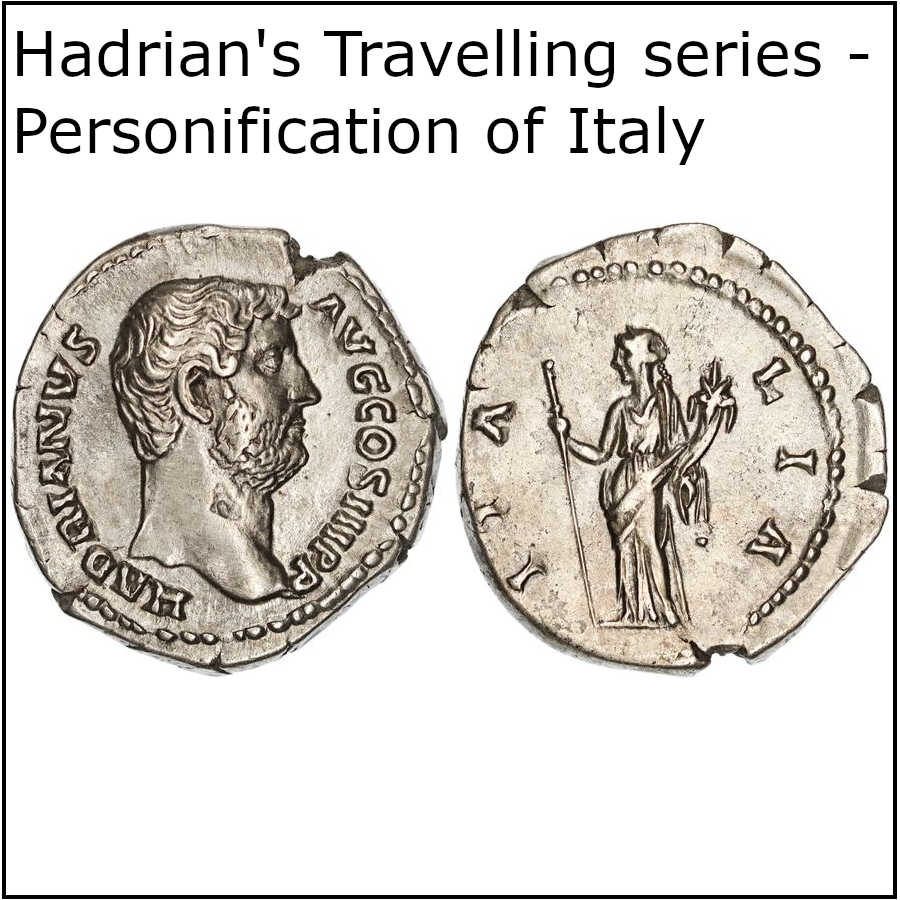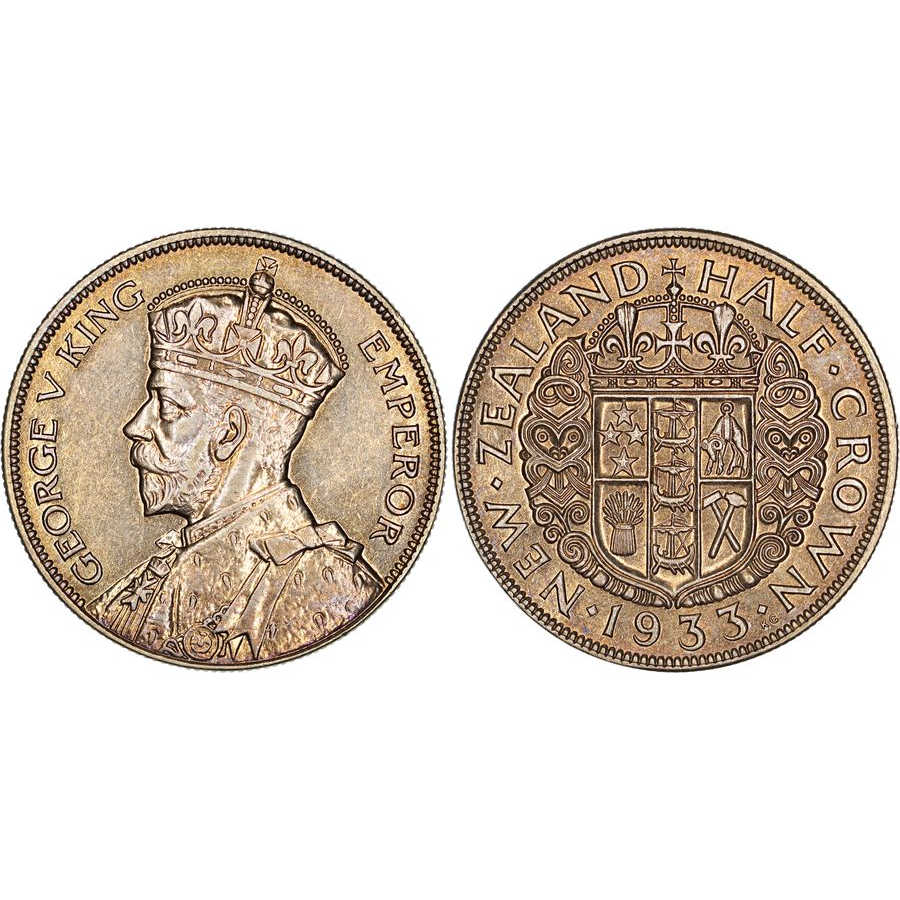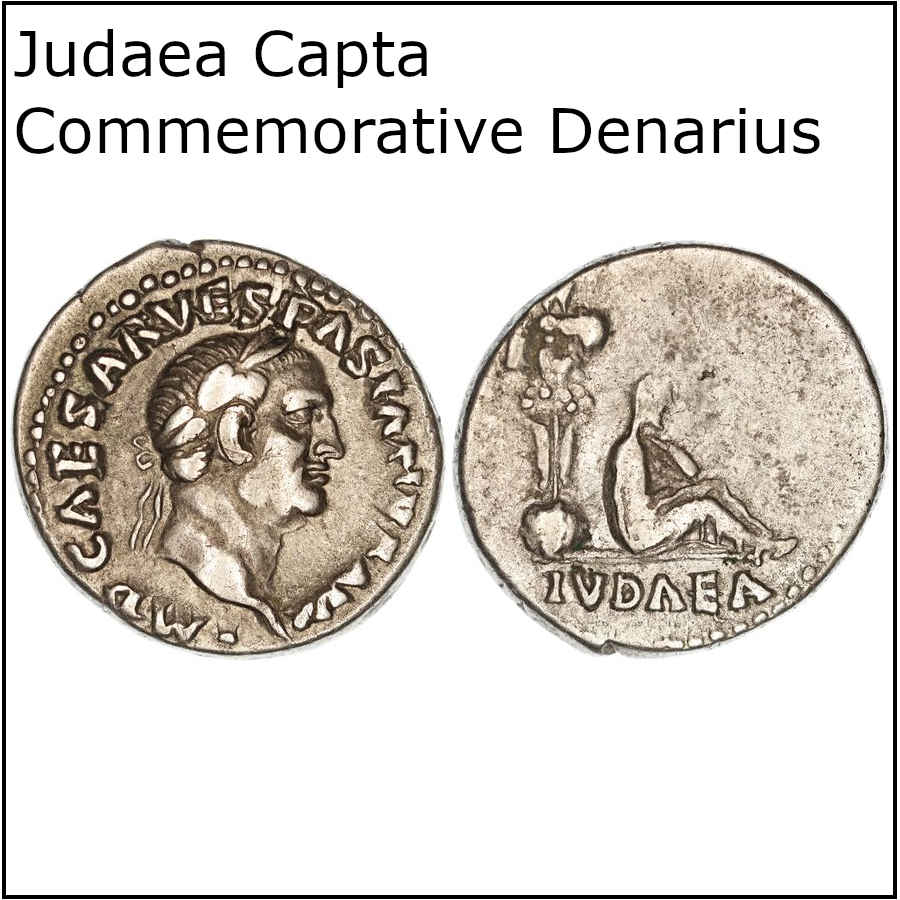Description
Marcus Antonius Gordianus, Roman Emperor from 238-244 AD, Æ Unit (16.91g, 27mm), Provincial Coinage of Berytus mint, Phoenicia 238-244 AD. Obverse: Laureate, draped and cuirassed Bust of Gordian III facing to the right, legend surrounds, “IMP CAES M ANT GORDIANVS AVG COS II PP”. Reverse: Bust of Astarte, the chief tutelary goddess of Berytus, facing forward within Tetrastyle temple of four columns, wearing tufted headdress and dress; acroteria of Poseidon and Beroe between two Nikes holding wreaths ornament the rooftop, lion walking to right in exergue, mintmark “BE R” at base of temple, legend surrounds, “COL IVL AVG FEL”. BMC 238; SNG Copen 122; Sawaya 2235. An attractive and well centred colonial piece, struck at the major Eastern provincial mint of Berytus which began its Roman Imperial provincial coinage during the time of Gaius Julius Caesar, details Very Fine, semi scarce.
The Obverse Latin legend reads “Imperātor Caesar Marcus Antonius Gordianus Augustus, Consul Secundus, Pater Patriae”, naming Gordian III’s full regnal name and several of his titles, translating in English as “Imperator Caesar Marcus Antonius Gordianus Augustus, Consul in his second term, Father of the Country”. The Reverse Latin legend reads “Colōnia Iūlius Augusta Fēlīx Bērȳtus”, indicating the coin was struck in the Colonial city of Berytus in Phoenicia. The first Cognomen “Iulius” is derived from Berytus’ founder Gaius Julius Caesar, adopting his name, and the second Cognomen, “Augusta”, was added when Augustus allowed veterans from Legio V and VIII to settle in the city. Lastly, it is thought that the Cognomen “Fēlīx”, translating in English as “fortunate, blessed or happy”, was adopted as cities were tended to proclaim themselves happy or fortunate when they were admitted to the status of a Roman colony and receiving the associated privileges.






